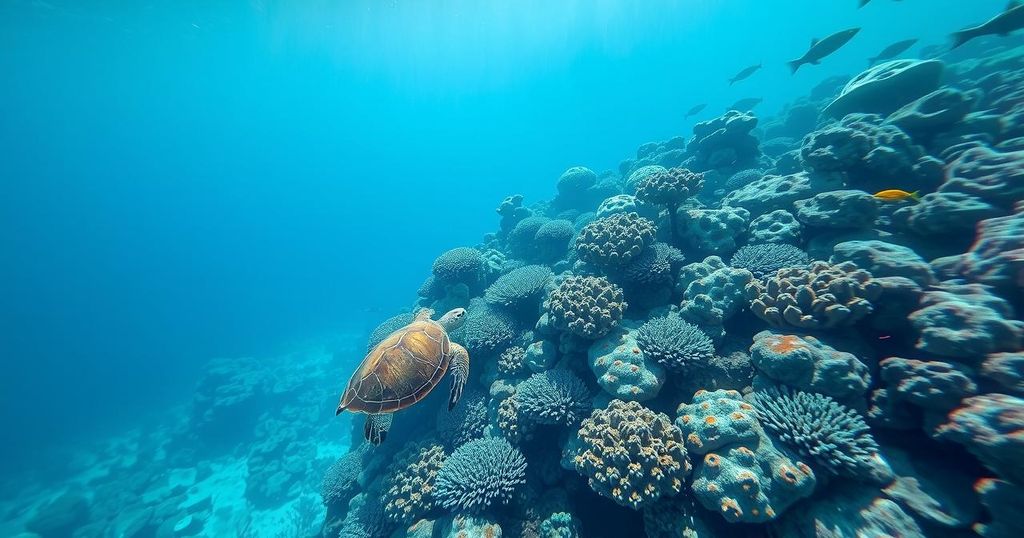Severe Risks Linked to Sea Turtle Consumption: Over 420 Fatalities Worldwide

A recent analysis reveals that eating sea turtles can lead to 420 deaths and over 2,400 illnesses globally due to chelonitoxism. Significant cases have happened in the Philippines and Tanzania, where poisoning symptoms can be severe. Hawksbill turtles are primarily responsible for this poisoning, with risks extending to infants through breast milk. Intravenous lipid emulsion treatment has been suggested as a viable remedy for victims.
A recent study has highlighted the severe dangers associated with consuming sea turtles, linking their consumption to at least 420 fatalities and over 2,400 instances of illness globally due to chelonitoxism, a rare but lethal seafood poisoning. The most recent tragedy occurred in the Philippines, where three individuals lost their lives and 32 others were hospitalized after consuming an endangered sea turtle in a stew.
Prior incidents include a March 2024 outbreak in Tanzania resulting in nine deaths and 78 hospitalizations from eating sea turtle flesh. Chelonitoxism impacts the upper digestive system, causing symptoms such as nausea, vomiting, abdominal pain, and diarrhea, along with general symptoms like dizziness and malaise. In less severe instances, recovery occurs within a week, although severe cases can lead to serious complications, including coma and death.
The study analyzed 62 instances of chelonitoxism from people consuming sea turtles in various oceanic regions, documenting 2,424 victims and 420 fatalities. Notably, most incidents transpired in remote parts of the Indo-Pacific, particularly Madagascar, India, and French Polynesia. Madagascar accounts for a significant portion of such cases, representing 25.4 percent of reported incidents.
Contrary to this, the Caribbean displays a scarcity of cases, attributed to possible underreporting linked to the illegal hunting of turtles. Hawksbill turtles are notably implicated in 59 percent of the poisonings, with green turtles associated with 23 percent of incidents. Other species, including loggerhead, olive ridley, and leatherback turtles, have also been linked to this dangerous form of poisoning.
Instances of toxicity have been reported from various turtle organs, regardless of preparation methods, and consumption has extended even to turtle eggs, often sought for their alleged aphrodisiac properties. Alarmingly, breastfed infants may also fall victim to chelonitoxism through contaminated breast milk. The study proposed intravenous lipid emulsion treatment as a possible remedy for affected individuals, a method proven effective in treating toxin-related issues in sea turtles.
The study emphasizes the significant public health threat posed by sea turtle consumption, revealing alarming statistics about chelonitoxism and related fatalities. The impact is especially pronounced in regions like Madagascar and India, while underreporting is suspected in areas like the Caribbean. Urgent awareness and remedial measures are essential to mitigate the risks associated with consuming sea turtles.
Original Source: www.jamaicaobserver.com






